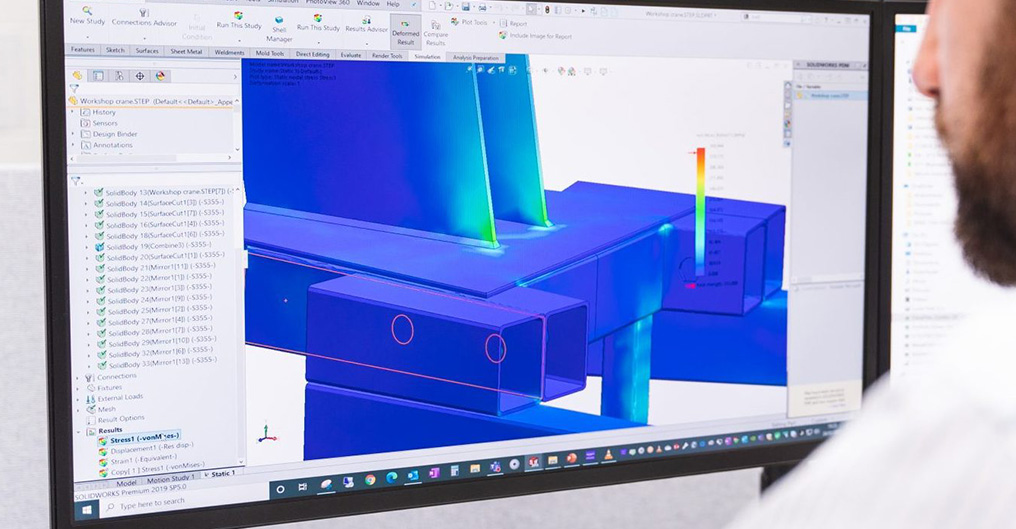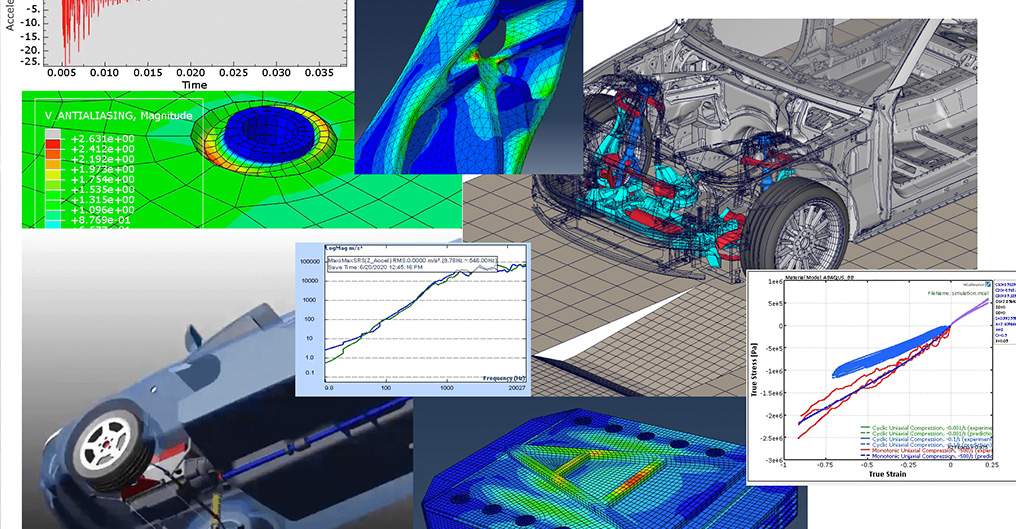- Call Us: 9900067486
- info@Sciefi.in
B-378/1, Ring Road, 1st Stage, Peenya,(near TVS cross), Bengaluru – 560058, India
Call Us: 9900067486
Monday to Friday Saturday and Sunday are not working days.
(09.30am - 05.00pm)


This 15-day basic FEA course is designed to introduce students and professionals to the core principles of Finite Element Analysis (FEA) using Code_Aster, a robust open-source software for structural analysis. Whether you’re a beginner or looking to strengthen your foundational skills, this course provides an ideal blend of theory and hands-on practice, making you proficient in basic FEA techniques and workflows.
15 Days
Earn a certification upon successful completion
Finite element analysis class is Offline, classroom-based training
Suitable for engineering students, graduates, and professionals with a mechanical or related background
Gain an understanding of Finite Element Analysis, its applications, and its importance in modern engineering.
Learn the fundamentals of the Finite Element Method, which underpins FEA, including element types and mesh generation.
Understand how to define material properties and select the appropriate element types for accurate analysis.
Explore different types of loads (static, dynamic, thermal) and how to apply boundary conditions effectively.
1.Static Analysis: Learn how to solve structural problems under static loading conditions.
2.Modal Analysis:Understand how to analyze the natural frequencies and mode shapes of structures, critical for predicting vibrations and resonances.
Gain insight into interpreting mode shapes and key output parameters from modal analysis.
Learn how to read and interpret the results from FEA simulations, including stress, displacement, and other crucial outputs.
Master the techniques to verify FEA results, ensuring that the analysis is accurate and trustworthy.
Familiarize yourself with the essential steps and checklists for validating your FEA models.

Throughout the finite element analysis course, numerous example problems are provided, covering a variety of engineering scenarios. These examples demonstrate real-world applications of FEA in mechanical and structural engineering.

In the fea classes, you’ll be given problems to solve independently, reinforcing the concepts learned during the training.

Tests are conducted after each stage to evaluate your understanding and ensure consistent progress.
The curriculum is designed to meet the needs of industries that rely on CAE, ensuring you learn practical and up-to-date techniques.
Our instructors are industry veterans with extensive experience in using Hypermesh for real-world projects. They provide personalized guidance and mentorship throughout the course.
FEA is a computational method used to predict how structures or systems behave under various physical conditions, such as stress, heat, fluid flow, or vibration. It divides the object into smaller, simpler parts called "finite elements" that can be individually analyzed and then combined to solve the overall problem.
FEA deals primarily with the analysis of structural mechanics (stresses, strains, thermal behavior), while CFD is focused on fluid flow, heat transfer, and related phenomena. Both are used to simulate physical systems but in different domains.
FEA results should be validated against experimental data, analytical solutions, or simpler models with known solutions. Sensitivity analysis can also be performed to understand the impact of different factors on the results.
Upon completing the training and passing the final assessments, you will receive a certification that validates your proficiency in CAE and Hypermesh, boosting your employability and career prospects.